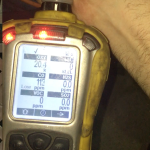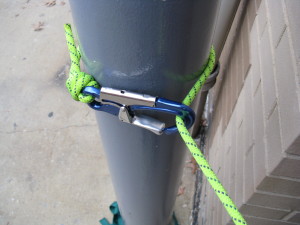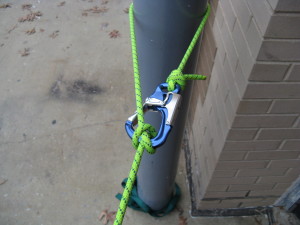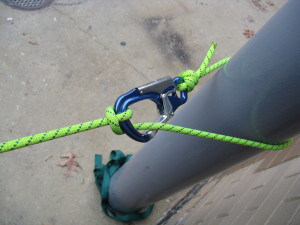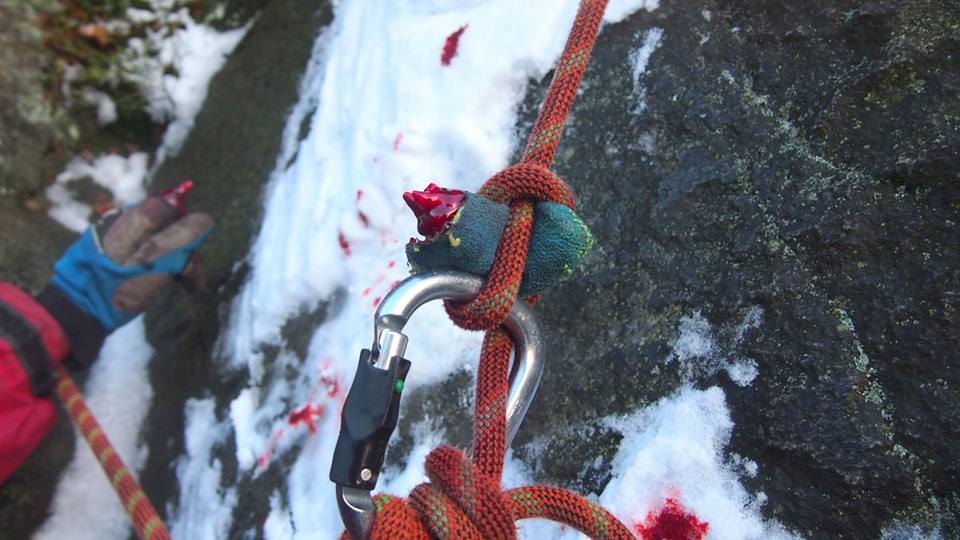Well…it’s Carbon Monoxide (CO), so there isn’t a smell. But there is something interesting going on with the hose lines in this Supplied Air Breathing Apparatus system.
115 PPM of CO !
While scouring the internet for all things pertinent to Rescue work, our newest member, Jimbo H, found an interesting after action report from LA County. Apparently, two firefighters entered a tank using SCBA to make a rescue of a downed worker. After about 15 minutes the firefighters switched from SCBA to Supplied Air; 3 minutes after the switch is when things started going downhill for them. An attentive person working the communications kit noticed the firefighters breathing funny and started the process to get them out.
I’m not sure how they switched from SCBA to SABA. It’s possible they switched out their entire system while in the space, which seems like a bad idea. Or, they could have been using their SCBA and then just hooked up to their EBSS or URC from a remote source. If that were the case, the air from the remote source would seem to be the problem.
I’m not sure that the level of CO present in our hoses and in that small of a volume would cause the same problem as experienced in LA County, but it’s interesting to note that bad air can exist in the hoses.

